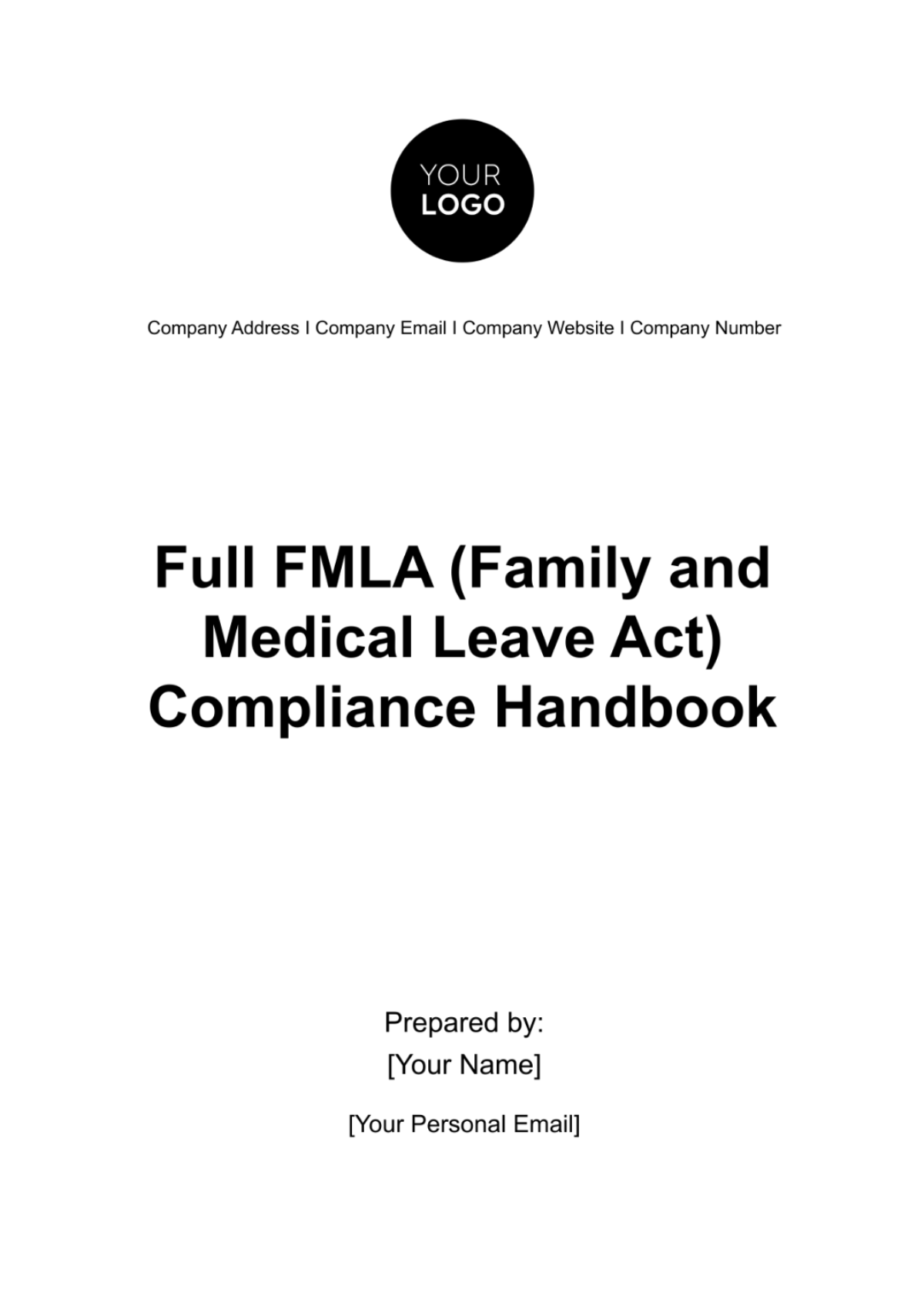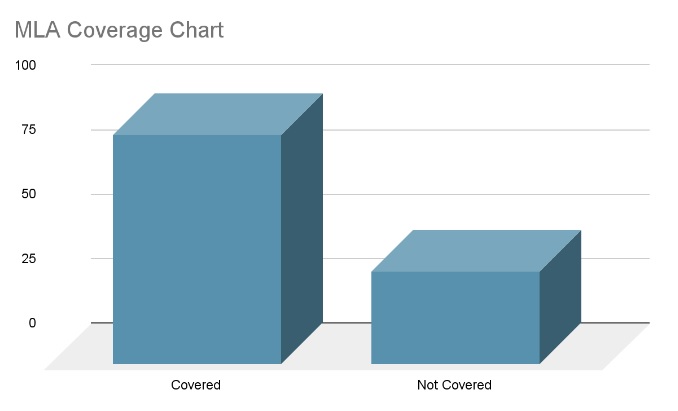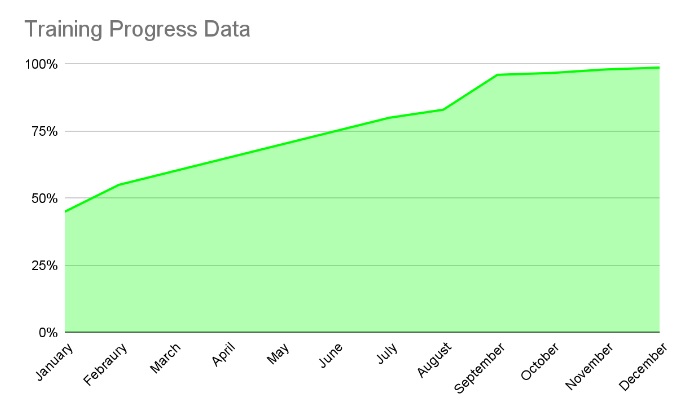Free Full FMLA (Family and Medical Leave Act) Compliance Handbook HR

Table of Contents
Introduction to FMLA Compliance
Employee Eligibility and Leave Entitlement
Employer Responsibilities and Compliance Procedures
Handling FMLA Leave Requests and Tracking Compliance
FMLA Compliance Auditing and Enforcement
Managing FMLA Leave and Workplace Integration
1. Introduction to FMLA Compliance
Guiding the Path to Balance: An FMLA Compliance Odyssey
In the intricate tapestry of employment laws, the Family and Medical Leave Act (FMLA) shines as a beacon of support for employees juggling work, family, and health. This introductory section sets the stage for our comprehensive FMLA Compliance Handbook, illuminating its purpose and the vast landscape it covers.
A. Purpose and Scope of the Handbook
Welcome to our Full FMLA Compliance Handbook—a compass in the labyrinth of employment regulations. Its purpose is clear: to provide exhaustive guidance on navigating the intricacies of the Family and Medical Leave Act. In these pages, we commit to fostering a workplace culture that respects the delicate balance between professional responsibilities and personal needs.
B. Overview of the Family and Medical Leave Act (FMLA)
Imagine FMLA as the legal guardian of work-life harmony. This section provides an eagle-eye view of FMLA, the federal law that grants eligible employees the precious right to take job-protected leave for specific family and medical reasons. Understanding FMLA is not a choice; it's an essential tool for both employers and employees to navigate the leave process effectively.
C. Importance of FMLA Compliance
Consider FMLA compliance as the cornerstone of a compassionate workplace culture. Beyond being a legal obligation, it is a testament to our commitment to our employees' well-being and work-life balance. Compliance with FMLA regulations ensures that our workplace is not just a hub of productivity but also a sanctuary that supports employees during significant life events.
As we embark on this FMLA Compliance journey, remember that knowledge is power, and compliance is our compass. Together, we navigate the intricate landscape of FMLA to create a harmonious workplace where employees can thrive while tending to their personal and family needs.
2. Employee Eligibility and Leave Entitlement
Unlocking the Doors: Understanding FMLA Eligibility and Entitlement
In the labyrinth of FMLA compliance, eligibility and leave entitlement are the entry points through which employees navigate their journey. This section serves as a gateway, shedding light on the criteria, types, calculations, and documentation that define FMLA eligibility and leave entitlement.
A. Eligibility Criteria for FMLA Leave
Consider FMLA eligibility as the threshold to a world of supported leave. To embark on this journey, employees must meet specific criteria, including tenure, hours worked, and employment status. Within these pages, we offer a roadmap, guiding readers through the maze of who qualifies for FMLA leave.
B. Types of Qualifying FMLA Leave
FMLA encompasses a tapestry of leave types, each a crucial thread in the fabric of work-life balance. From family-related leave for the joyous arrival of a child to medical leave for serious health conditions, FMLA covers various situations. Here, we unravel the qualifying reasons for FMLA leave, ensuring that readers comprehend the breadth of its coverage.
C. Calculation of Leave Entitlement
Imagine leave entitlement as a well of time, from which employees draw to tend to their family and health needs. FMLA grants eligible employees up to 12 weeks of leave within a 12-month period. This section not only provides the mathematical formula for calculating leave entitlement but also dives into the depths of specific scenarios, such as intermittent leave.

D. Employee Notice and Documentation Requirements
In the realm of FMLA, communication is the key that unlocks the doors to leave. Employees must traverse the path of notice and documentation to access their FMLA entitlement. This section acts as their guide, clarifying the process for requesting FMLA leave. It details the notice period and the required documentation, including the crucial medical certifications. Timely communication is our linchpin, and we emphasize its importance throughout this section.
As readers delve into this section, they will discover that eligibility and leave entitlement are not just bureaucratic hurdles; they are the compass that guides them toward achieving a harmonious balance between work and life's exigencies. Together, we empower employees to access their FMLA benefits, ensuring that they can tend to their personal and family needs with confidence and clarity.
3. Employer Responsibilities and Compliance Procedures
Guiding Employers through the FMLA Maze
Employers are the guardians of FMLA compliance, entrusted with the task of ensuring that the leave process unfolds seamlessly. In this section, we illuminate the path of employer responsibilities and compliance procedures, laying out the essential obligations and processes that employers must navigate.
A. Employer Coverage and Obligations
FMLA compliance begins with understanding who bears the mantle of responsibility. Covered employers have specific duties, from posting notices that inform employees of their rights to maintaining the sanctity of those rights. Here, we embark on a journey through these employer obligations, clarifying who is considered a covered employer and how they must uphold their responsibilities.
B. FMLA Notice and Designation Process
Communication is the lifeblood of FMLA compliance. The notice and designation process is the conduit through which employers and employees navigate the FMLA landscape. We offer guidance on how employers should provide FMLA notices to employees, designate leave as FMLA-qualifying, and elucidate how this designation impacts leave usage.
C. Managing Intermittent and Reduced Schedule Leave
In the dynamic rhythm of business operations, intermittent and reduced schedule leave can be a challenging syncopation. However, FMLA permits such leave in specific circumstances. Here, we provide a harmonious strategy for managing these types of leave, ensuring that the workplace's operational cadence remains steady while employees receive the support they need.
D. Medical Certification and Recertification
In the labyrinth of FMLA, medical certifications serve as beacons of clarity. Employees may be required to provide these certifications to substantiate their FMLA leave. This section delves into the certification process, recertification requirements, and the sacrosanct confidentiality of medical information, ensuring that employers tread these paths with sensitivity and compliance.
E. Employee Rights and Protections
In the symphony of workplace relations, employee rights and protections are the crescendo. Employees have specific rights under FMLA, from job reinstatement to the maintenance of benefits. We outline these rights and protections, emphasizing that retaliation is not a note in our composition. We make it clear that retaliation is prohibited, ensuring that employees feel secure in asserting their FMLA rights.
Penalties and Consequences Chart
FMLA Non-Compliance Violation | Potential Penalties and Consequences |
Failure to Provide FMLA Notices |
|
Wrongful Denial of FMLA Leave |
|
Interfering with FMLA Rights |
|
Retaliation Against Employees |
|
Failure to Maintain FMLA Records |
|
Failure to Reinstate Employees |
|
As employers embark on this section, they will discover that employer responsibilities are not mere duties; they are the pillars supporting a harmonious workplace. Together, we navigate the complexities of FMLA compliance, ensuring that both employers and employees harmoniously conduct their roles in the FMLA orchestra.
4. Handling FMLA Leave Requests and Tracking Compliance
Navigating the FMLA Request Process with Precision
The FMLA request process is the gateway through which employees access the support they need. This section serves as a compass, guiding both employees and employers on how to navigate FMLA leave requests and diligently track compliance.
A. Requesting FMLA Leave
Imagine an FMLA leave request as a lifeboat—an essential lifeline during times of personal or family crises. In this section, we elucidate how employees should initiate this critical process. We specify whom they should notify, the timing of their requests, and the vital information they should include. Clarity in this phase ensures a smoother journey for all involved.
B. Approving and Denying Leave Requests
Upon receiving an FMLA leave request, employers hold the compass guiding the decision-making process. We emphasize the importance of promptly responding to these requests, ensuring that employers adhere to legal timelines. Here, we outline the steps for reviewing, approving, or denying leave requests, ensuring that compliance remains the north star of every decision.
C. Recordkeeping and Tracking FMLA Compliance
In the complex terrain of FMLA, records are the signposts that ensure compliance. Accurate recordkeeping is critical to the process, akin to the meticulous cartography of a challenging landscape. We delve into the types of records employers should maintain, the retention periods for these records, and the importance of documenting all FMLA-related communications.
D. Dealing with Potential FMLA Abuse
In the symphony of employment, trust is the key note. However, in some cases, employers may suspect FMLA abuse. This section offers guidance on how to handle such situations, respecting employees' rights while ensuring a fair and legal approach. With this knowledge, employers can navigate the delicate balance between supporting their workforce and safeguarding against potential abuse.
Training Progress Tracker

As we delve into this section, it becomes clear that handling FMLA leave requests is not just a process; it's a testament to our commitment to employees' well-being. Together, we navigate the intricacies of FMLA compliance, ensuring that employees can access the support they need while employers diligently track compliance with precision and care.
5. FMLA Compliance Auditing and Enforcement
Navigating the Maze of FMLA Compliance Auditing and Enforcement
In the realm of FMLA compliance, auditing, and enforcement are the guardians of adherence, ensuring that the promises of the FMLA are upheld. In this section, we step into the role of guides, illuminating the path of auditing, dispute resolution, consequences, and strategies for maintaining FMLA compliance.
A. Conducting Internal FMLA Compliance Audits
Imagine an FMLA compliance audit as a magnifying glass, revealing the intricate details of adherence and opportunities for improvement. Here, we elucidate the benefits of conducting internal FMLA compliance audits, emphasizing their role in identifying areas for enhancement and ensuring ongoing alignment with FMLA regulations.
B. Handling FMLA Investigations and Disputes
In the voyage of employment, disputes, and investigations are storms that must be navigated. We provide guidance on how employers should address employee complaints and cooperate with relevant authorities, such as the Department of Labor when faced with FMLA disputes or investigations. Through this guidance, we ensure that employers remain steady in the face of adversity.
C. Consequences of FMLA Non-Compliance
Non-compliance with FMLA is akin to navigating treacherous waters without a map. Here, we outline the potential penalties for employers who fail to adhere to FMLA regulations, emphasizing that legal consequences and reputational damage are the price to pay for deviation from the FMLA course.
D. Strategies for Ensuring Ongoing FMLA Compliance
In the symphony of FMLA compliance, continuous improvement is the refrain that echoes through the years. We emphasize the importance of perpetual adherence to FMLA regulations. We provide strategies for staying up-to-date with legal changes, conducting regular training, and fostering a culture of compliance within the organization. Through these strategies, we ensure that employers and employees are always in harmony with FMLA compliance.
Recordkeeping Checklist for FMLA Compliance |
Maintain records of all FMLA leave requests, including dates and reasons. |
Keep copies of FMLA notices and designations provided to employees. |
Document any medical certifications and re-certifications provided by employees. |
Maintain records of any FMLA disputes, investigations, or resolutions. |
Track employees' FMLA usage and remaining entitlement accurately. |
Store records of employees' return to work dates following FMLA leave. |
Retain FMLA records for at least three years, as required by law. |
Ensure records are stored securely and are accessible only to authorized personnel. |
As we venture into this section, we recognize that auditing and enforcement are not simply tasks but are vital to upholding the principles of the FMLA. Together, we navigate the multifaceted realm of FMLA compliance, ensuring that employers and employees alike are guided by the principles of adherence and improvement.
6. Managing FMLA Leave and Workplace Integration
A. Managing Employee Leave Requests
This section focuses on how employers can effectively manage FMLA leave requests to ensure compliance and minimize disruptions:
Leave Scheduling: Tips on how to coordinate FMLA leave with regular work schedules to maintain workflow and productivity. |
Communication: Guidance on open and transparent communication between employers and employees to address leave-related concerns promptly. |
Alternative Work Arrangements: Information on exploring flexible work options, such as telecommuting or modified schedules, to accommodate employees on FMLA leave. |
B. Employee Reintegration
Returning employees from FMLA leave smoothly is vital for maintaining workplace harmony. This section covers:
Return-to-Work Process: Steps for the return-to-work process, including any necessary medical certifications or fitness-for-duty exams. |
Accommodations: Information on providing reasonable accommodations, if applicable, to assist employees with medical conditions upon their return. |
Training and Updates: Ensuring returning employees are brought up to speed with any changes or updates that occurred during their absence. |
C. Navigating Complex Scenarios
FMLA compliance can become intricate in certain scenarios. This section offers guidance on:
Interactions with Other Leave Policies: How to navigate situations where FMLA overlaps with other leave policies or statutory requirements. |
Serious Health Conditions: Dealing with situations involving employees or family members facing serious health conditions, including considerations for medical treatment and caregiving. |
Documentation and Leave Tracking: Best practices for maintaining detailed records of FMLA leave, including how to handle intermittent leave effectively. |
D. FMLA Best Practices
Employers can benefit from adopting best practices for FMLA management, including:
Employee Training: Guidelines for ongoing FMLA training for both HR personnel and managers to ensure consistent application of policies. |
Policy Review and Updates: How to periodically review and update FMLA policies to align with legal changes and organizational needs. |
Conflict Resolution: Strategies for resolving potential conflicts or disputes related to FMLA leave. |
By including this sixth section, the handbook becomes a more comprehensive resource, covering essential aspects of FMLA compliance, from leave request management to effective employee reintegration and navigating complex scenarios. This ensures that both employers and employees have a comprehensive understanding of FMLA compliance and procedures.
- 100% Customizable, free editor
- Access 1 Million+ Templates, photo’s & graphics
- Download or share as a template
- Click and replace photos, graphics, text, backgrounds
- Resize, crop, AI write & more
- Access advanced editor
Template.net brings you a comprehensively detailed, editable FMLA Compliance Handbook HR template. Customize every aspect of your document directly, making it editable in our Ai Editor Tool. This highly efficient tool ensures your business stays on top of legal regulations. Our professionally designed template is a must-have resource for any HR department. Streamline your compliance processes—experience ease and convenience with Template.net.





























